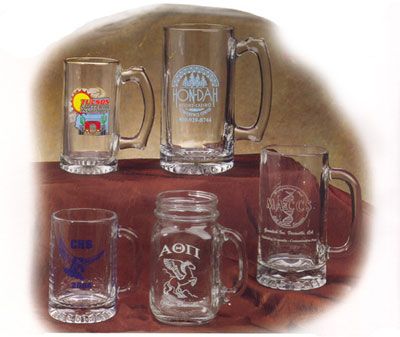Brews You Can Use

My office is uprooting to prepare for new carpeting and my house is going to have 20 overnight guests this weekend, plus another ten or so guests Saturday evening (my oldest is getting confirmed). I don't have much time for blogging, but I found this great feature article from The New Yorker about extreme brewing. The NYer is a liberal rag, but it has some of the best writing around, and this piece is excellent. If this isn't enough beer script for you, you have a drinking problem. Excerpts:
America used to be full of odd beers. In 1873, the country had some four thousand breweries, working in dozens of regional and ethnic styles. Brooklyn alone had nearly fifty. Beer was not only refreshing but nutritious, it was said–a “valuable substitute for vegetables,” as a member of the United States Sanitary Commission put it during the Civil War. The lagers brewed by Adolphus Busch and Frederick Pabst were among the best. In 1878, Maureen Ogle notes in her recent book “Ambitious Brew: The Story of American Beer,” Busch's St. Louis Lager took on more than a hundred European beers at a competition in Paris. The lager came home with the gold, causing an “immense sensation,” in the words of a reporter from the Times.
Then came Prohibition, followed hard by industrialization. Beer went from barrel to bottle and from saloon to home refrigerator, and only the largest companies could afford to manufacture and distribute it. A generation raised on Coca-Cola had a hard time readjusting to beer's bitterness, and brewers diluted their recipes accordingly. In 1953, Miller High Life was dismissed by one competitor as a beer for “women and beginners.” Within a decade, most other beers were just as flavorless. . . .
In 1965, the United States had a single craft brewery: Anchor Brewing, in San Francisco. Today, there are nearly fifteen hundred. In liquor stores and upscale supermarkets, pumpkin ales and chocolate stouts compete for cooler space with wit beers, weiss beers, and imperial Pilsners. The King of Beers, once served in splendid isolation at many bars, is now surrounded by motley bottles with ridiculous names, like jesters at a Renaissance fair: SkullSplitter, Old Leghumper, Slam Dunkel, Troll Porter, Moose Drool, Power Tool, He'brew, and Ale Mary Full of Taste. . . .
Extreme brewers have helped turn American brewing into the most influential in the world. But they've also raised a basic question: When does beer cease to be beer? . . . .
